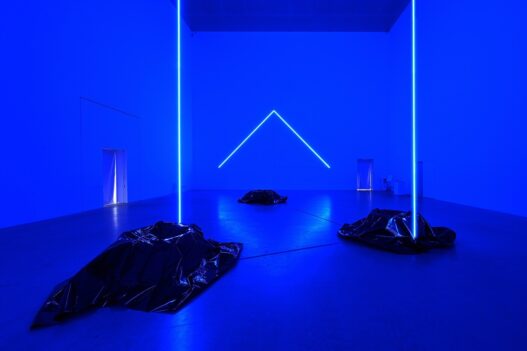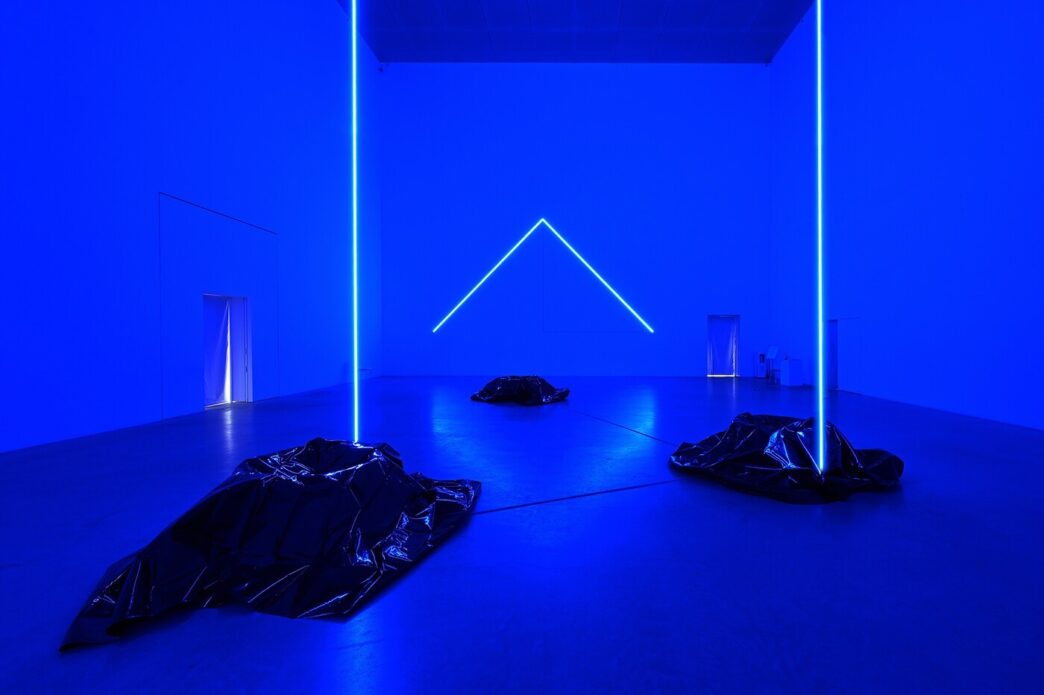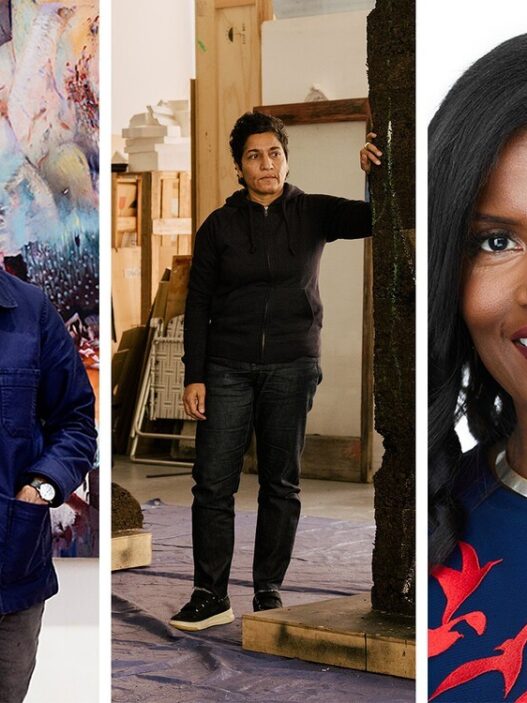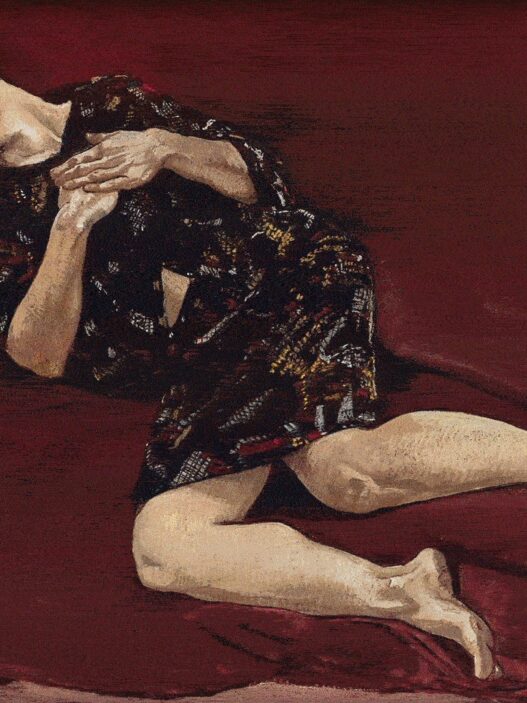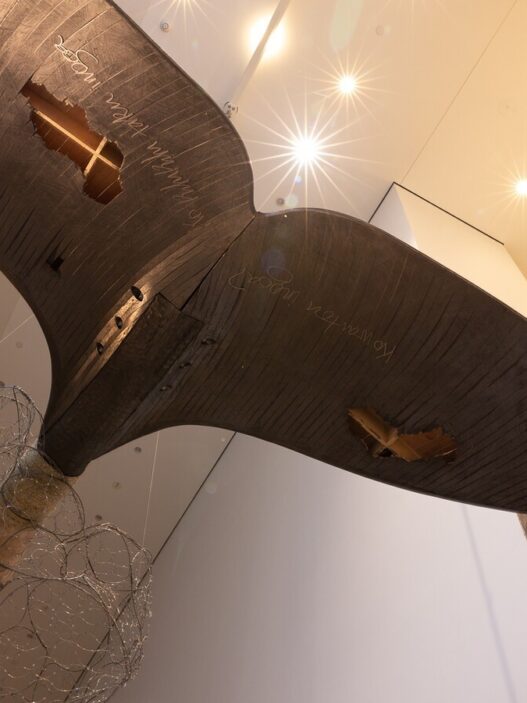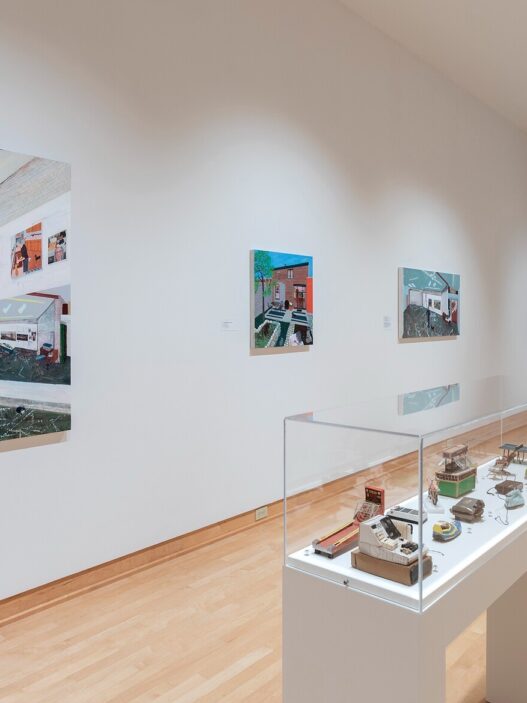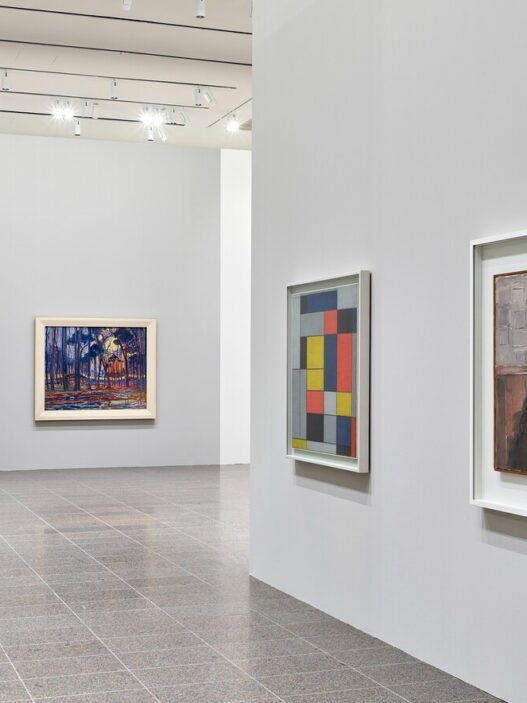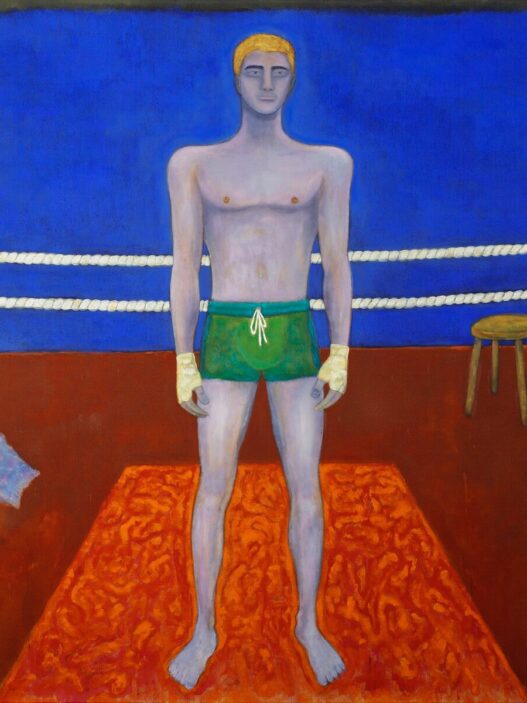October 1, 2022–March 5, 2023
The Timeless Imagination of Yves Klein: Uncertainty and the Immateriality, a show comprising works by one of the founders of conceptual art, is now on view at the 21st Century Museum of Contemporary Art, Kanazawa (1928-1962). Both postwar artists who were active during Klein’s time period and contemporary artists working now who have been influenced by him are featured in this exhibition.
The present moment overlaps with the state of tabula rasa brought about by the devastation of World War II, from which the search for a new humanity had to begin, at a time when the norms of humanity developed over the course of the 20th century are being undermined by war and struggle. New artistic trends like Zero in Germany, the Spatialism movement in Italy, and Gutai in Japan were just starting to take off at the time. This exhibition emphasizes the “immateriality” subject matter that runs throughout their work.
The 2020 show The Sky as a Studio served as some of the inspiration for this one, which was created in partnership with Yuko Hasegawa, director of the 21st Century Museum of Contemporary Art, Kanazawa, and Emma Lavigne, CEO of the Pinault Collection. Lavigne, the Centre Pompidou-director Metz’s at the time, organized the participation of Yves Klein and his contemporaries. The exhibition explores Gutai in greater detail, enlarges on the “Japanese elements” relating to the relationship between physicality, material, and space, and also includes new works by contemporary artists to emphasize the significance of this exhibition being held in Japan today and at the 21st Century Museum of Contemporary Art. It also shows how Klein’s practice was in tune with that of his contemporaries.
The 21st Century Museum of Contemporary Art, Kanazawa’s architectural environment, created by SANAA, adopts Klein’s idea of “Air Architecture,” which is devoid of either ceilings or walls, allowing the body to move around freely. Both Klein’s polychrome paintings and Gutai artist Sadamasa Motonaga’s Work (Water) are shown in what can be considered a “breathing area,” where the light changes slightly with the natural illumination, in order to reveal the colors of “alive organisms and highly evolved individuals” (Klein) as they are. Klein’s distinctive blue pigment is spread out on the floor in the central courtyard gallery, which is enclosed in clear glass. The background is a blue sky.In the same gallery as Arman’s relief, there is a pair of gold folding screens from Kanazawa, which produces 99% of the gold leaf in Japan. Attaining a 4th dan black belt in judo, Klein’s supple body would later serve as the foundation for the performances that followed. It had thoroughly ingested the aesthetics and forms of the katas (the aesthetic counterpart of judo movements). The Japanese notion of ma, which is related to the emptiness (a gap, or negative space). The Human Shadow of Death, a shadow of a person left behind by the Hiroshima atomic bomb, served as the inspiration for Klein’s idea of anthropometry as a sign of life.The exhibition was designed so that the methodologies, forms and formats, and ritual aesthetics that would permit people or things to be sublimated into an immaterial existence by drawing out their sense of presence in a vivid manner would become interlinked with each other.
The exhibition also includes works by contemporary artists working now. Haroon Mirza (b. 1977) created a blue space installation that synchronizes the frequencies of LED lights and sounds at 111 Hz based on his research into echoes in ancient temples and buildings where rituals were held, and Rintaro Fuse (b. 1993) created a work that turns images from Google Street View blue and connects these numerous anonymous and solitary viewpoints to each other using a neural engine. The goal of this exhibition is to rekindle our capacity for imagination so that Klein’s vivid imagination, which is made tangible by being examined and organized from many angles, can aid us in escaping the confinement and stagnation of the present.
Exhibiting artists
Yves Klein, Alberto Burri, Enrico Castellani, Lucio Fontana, Rintaro Fuse, Norio Imai, Akira Kanayama, Kimsooja, Yayoi Kusama, Piero Manzoni, Haroon Mirza, Sadamasa Motonaga, Tomás Saraceno, Kazuo Shiraga, Fujiko Shiraga, Günther Uecker, Lothar Wolleh etc.
Curated by Emma Lavigne (CEO, Pinault Collection), Yuko Hasegawa (Director, 21st Century Museum of Contemporary Art, Kanazawa)
21st Century Museum of Contemporary Art, Kanazawa
Kanazawa
1 Chome-2-1 Hirosaka
Ishikawa 9208509
Japan
Hours: Tuesday–Sunday 10am–6pm,
Friday–Saturday 10am–8pm
T +81 76 220 2800
F +81 76 220 2802
[email protected]









